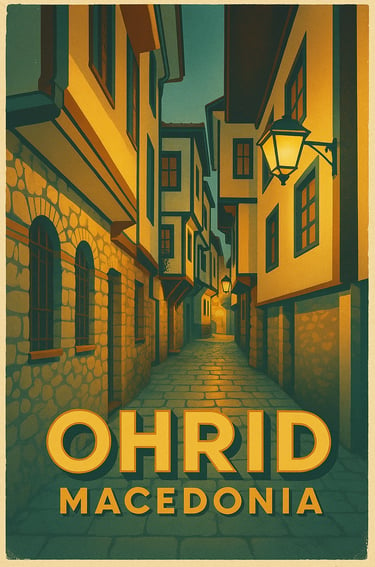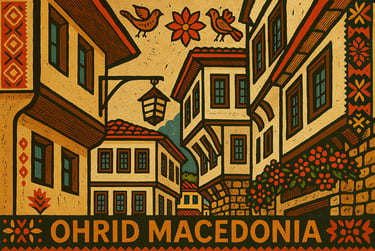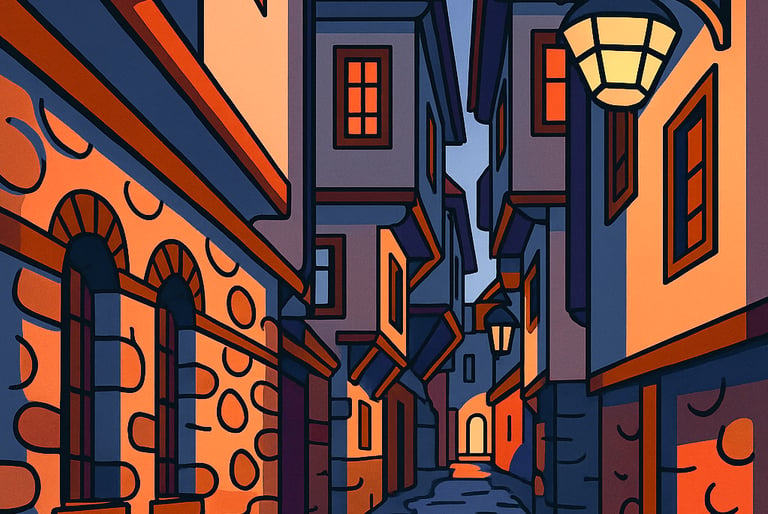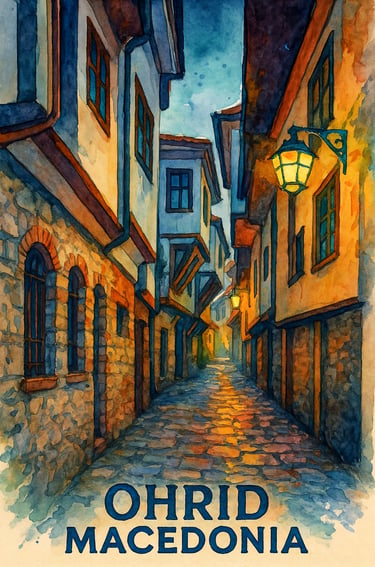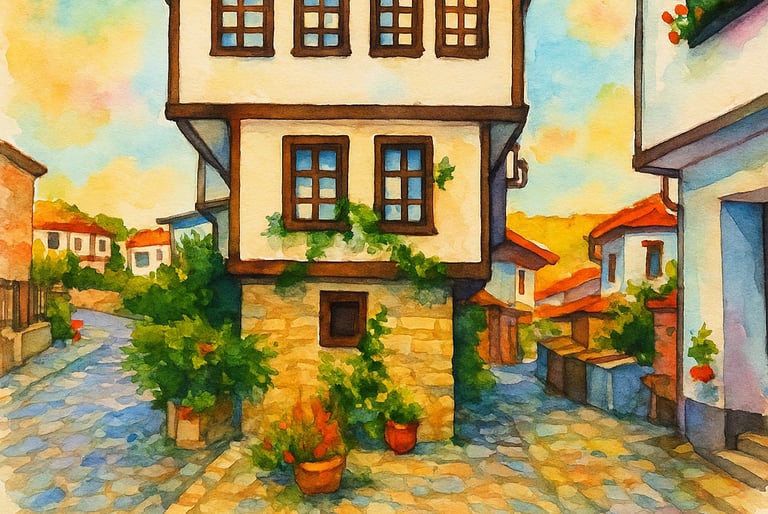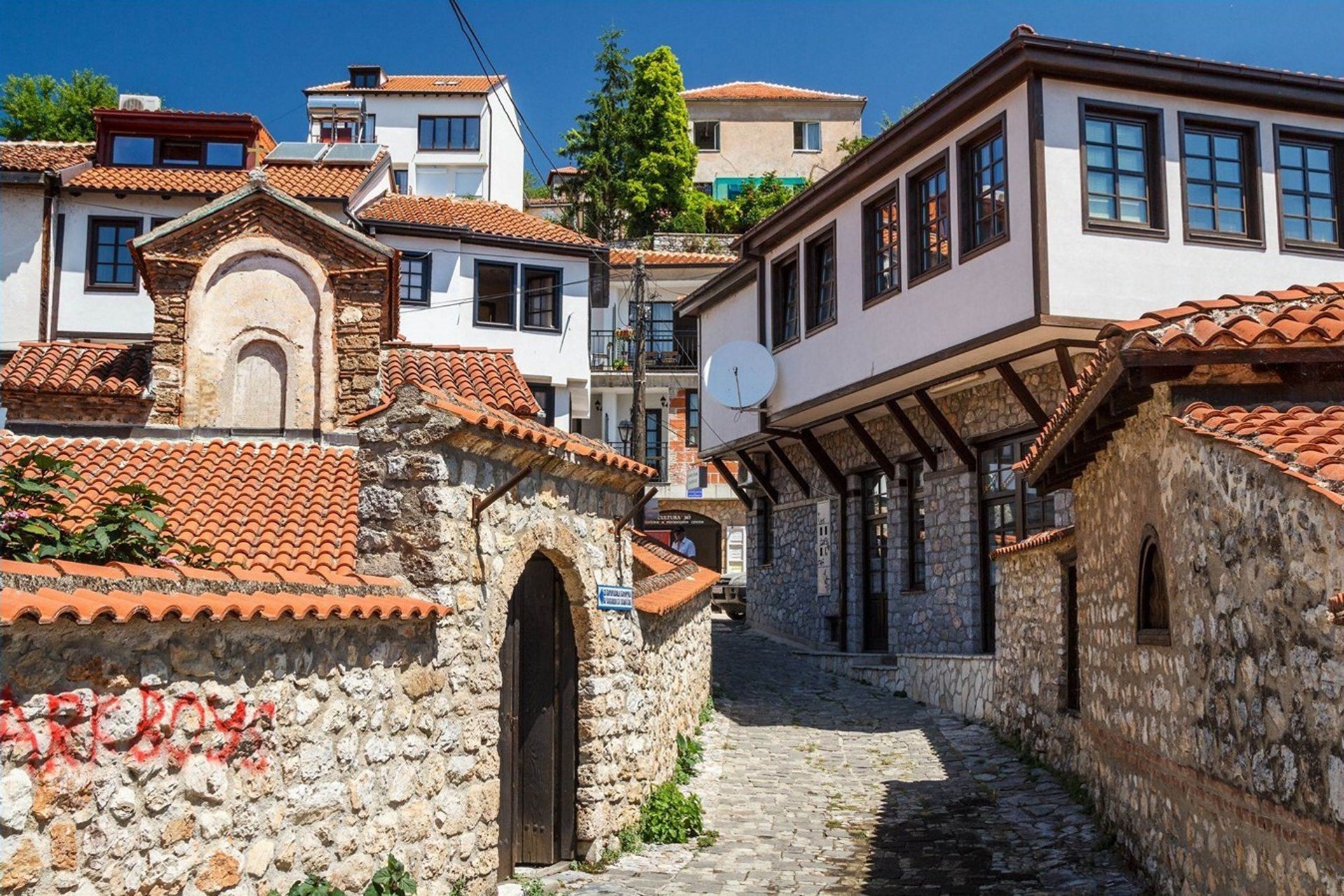
The Old Town of Ohrid is one of the oldest human settlements in Europe. It is known for its mix of ancient, medieval, and Ottoman architecture. Narrow stone streets lead visitors through houses built on slopes overlooking the lake. Many buildings have wooden balconies and white facades. The old part of town is protected as a UNESCO World Heritage Site. Churches, traditional houses, and old workshops can be seen throughout the area. The town layout follows the shape of the hill and the coast. Walking through it feels like stepping into different parts of history.
Living Museum: Ohrid’s Old Town has been continuously inhabited for over 2,000 years, with houses, churches, and streets layered like a timeline of history.
Hidden Passages: Narrow, cobbled streets wind through the Old Town, often revealing secret alleys and stairways tucked between buildings.
Vertical Living: Ohrid homes are often built upwards rather than outwards due to the sloped terrain, creating a unique “terraced” urban look.
White Facades and Wooden Details: The iconic Ohrid house is whitewashed with projecting upper floors supported by wooden beams, designed to let light in while keeping privacy.
Antique Theater Neighbors: Locals live just meters from a 2,000-year-old Ancient theater still used for concerts today!
Churches Everywhere: There were once 365 churches, one for each day of the year. Many are hidden between houses or perched on cliffs.
UNESCO Protection: The Old Town is part of a UNESCO World Heritage Site, both for its built heritage and natural setting.
Lake-Inspired Layout: Streets and buildings curve around the shoreline of Lake Ohrid, influencing urban design and views from almost every house.
Mosaics Below, Frescoes Above: Some layers reveal early Christian mosaics underground, while churches above are filled with medieval frescoes, capturing centuries in one glance.




